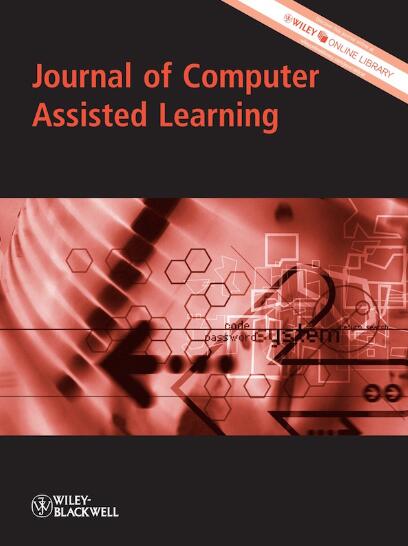Dynamic Evolution of Self-Regulated Learning Profiles in Blended Learning: A Longitudinal Study of Freshmen and Upper-Level Students
Abstract
Background
Self-Regulated Learning (SRL) plays a crucial role in student success, particularly in blended learning (BL) environments where learners must take greater ownership of their educational journey. Whilst prior research has extensively examined SRL, there remains a gap in understanding how students' SRL profiles evolve over time and how motivation and learning strategies dynamically interact within these profiles.
Objectives
This study investigates the dynamic nature of SRL by identifying distinct learner profiles and tracking their evolution throughout a semester in a BL setting. By adopting a person-centred clustering approach, the research provides insights into how students' motivation and strategy use shift over time.
Methods
Data were collected from 314 tertiary-level students enrolled in two BL courses, with responses from the Motivated Strategies for Learning Questionnaire (MSLQ) captured at three time points. K-Means clustering was used to classify students into SRL profiles, and longitudinal analysis was conducted to track transitions between profiles over time.
Results
The findings revealed three distinct SRL profiles—highly self-regulated, moderately self-regulated, and minimally self-regulated learners—suggesting that students adapt their motivation and strategies in response to course feedback and assessments. The study highlights the fluid and iterative nature of SRL development.
Conclusions
This research enhances the theoretical understanding of SRL by empirically illustrating how students' motivation and learning strategies evolve within a semester. Additionally, it offers practical insights for designing interventions to support students with varying levels of SRL, ultimately contributing to more adaptive and effective BL environments.
What Are the 1 or 2 Major Takeaways From the Study?
This research significantly advances SRL theory by exploring how students' SRL profiles adapt and evolve over time, shedding light on the cyclical and dynamic nature of self-regulated learning. Additionally, it makes a critical contribution to the field of Learning Analytics (LA) by incorporating motivational constructs–an area often underexplored–offering empirical, theory-driven insights to bridge the gap between research and educational practise.


 求助内容:
求助内容: 应助结果提醒方式:
应助结果提醒方式:


